What is the first image you see in front of your eyes when you hear the word ‘flamenco’? I guess it’s a dancer with a waving red dress and a fan or castanets. Or some men with long hair and beard who play guitar so passionately that it’s a miracle it doesn’t fall apart. Search engines also have such results if we look for flamenco dance and music. But apart from that, what can we know about flamenco? Let’s look a bit behind the scenes through the story of a world famous dancer, María Pagés.
“Flamenco is born out of emotion, and the technique comes afterwards – unlike, for example, contemporary dance, where it is the other way around. There is a mix of many cultures in it. The origins are very old, even though it has only really emerged as a recognised art form in our lifetime. Its strength comes from it being a popular art. That is what gives it such a strong identity.”
(María Pagés)
Sevillan-born Pagés cannot really remember when her passion for flamenco started – she only knows that she is shown dancing in childhood photos way before she could have stored any memories. In her family, nobody had an artistic career before. Her father was a mathematics teacher, and had Pagés not gone for dancing, she would have chosen a similar path. But the question ‘what if’ doesn’t make any sense, as her talent and determination sealed Pagés’ fate at the age of 15 already: that’s when she started her dancing career.
She worked, developed and kind of raised as a professional in the company of Antonio Gades. He is still her biggest role model from whom she learnt the most and whom she mostly wants to be like. Sure, contemporary flamenco wouldn’t be the same without Gades. In his earliest years he was affected by famine and the violence of the civil war, and he rose as a professional dancer also at a very young age: 16 years. In the 1960s he exiled from Franco’s Spain and spent years in many different European countries, not only popularising flamenco traditions from his home but also extending, renewing them. He passed away in 2004.
Pagés is very similar to her late master in this regard. She is also a committed protector and nurturer of Spanish traditions, while also highlighting how rich the country is in many forms of folk dance and music. Flamenco is only one of them, albeit it is known and practised on the highest level. She sees it as a huge challenge to maintain these ancient treasures, especially in a world which is, according to her, worryingly fast. Children of today don’t really have the time to process their emotions, even though, as Pagés highlights, it should be the source of any art.
Especially because flamenco is based on strong emotions, she cannot depict it on stage as some old value to be conserved. Therefore she collects inspirations from here and there and everywhere, and her shows are always full of life, power, feeling, and sometimes quite surprising elements. She founded her own company in 1990 when she was 28, and these days she works with seven flamenco musicians and ten dancers among others. They present a new performance every 2-3 years, stretching the boundaries of flamenco a little bit all the time.

Once she had a show about her hometown Sevilla, other times exciting intercultural works with Irish tap troupe Riverdance, or Sidi Larbi Cherkaoui whose Moroccan roots contribute to highlighting dimensions of joint Spanish-Arabic cultural roots. It is also a recurring motif to build her performances on the basis of literature. This is how her own version of Carmen came to be, where she had inspirations from Mérimée’s text, Bizet’s opera and Gades’ choreography – with a special, strongly feminist-souding, original flamenco poem as a result that mixes words, song and movements. Also, her new show that we can see in April at the Bartók Spring has literary roots. Apart from Jorge Luis Borges, Margarite Yourcenar, Pablo Neruda, she also reflects on Goya’s, Picasso’s, John Cage’s, Plato’s visions about what time means.
People often ask Pagés what she thinks about flamenco singers being active for all their life, and whether the same can work with dance, too. As she says:
“The flamenco world has always had a deep respect for the older generations, because of their experience and their knowledge. But dance is physical and can be very demanding. That said, I know dancers who have kept going almost to the end of their days. You don’t have that dramatic moment of retirement that comes in classical ballet.”
“Flamenco is a very flexible genre, both physically and technically, and it is indeed possible for someone to dance until their last days. We do not need to adapt to technical frames but the technical part is tailored to what our body can do. (…) Flamenco has a dimension that stretches over physical boundaries, which makes it once again different from classical or contemporary dance.”
When speaking about her body, she emphasises strength and capacity: nothing is impossible for her in dance. She records all of her shows and rewatches, analyses her moves. Observing from the outside, she sees more than ever how little role rationality and conscious planning plays in flamenco: she expresses nothing less than emotions, intuitions, and messages from her deepest subconscious. It even surprises herself how much she can do within such a show that she wouldn’t have thought. Only a few months left, and we can also see this all on the stage of the National Dance Theatre in Budapest.
Sources:
The Guardian 1, The Guardian 2
María Pagés Compañía – official website

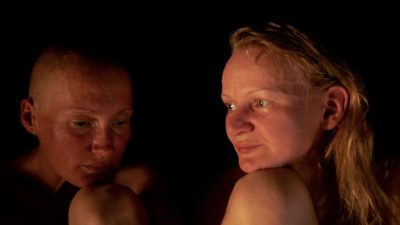
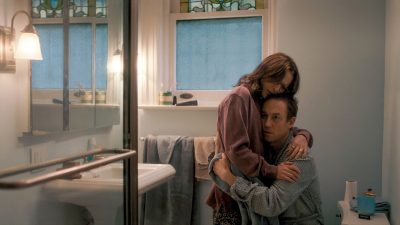

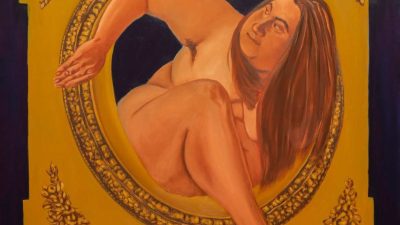
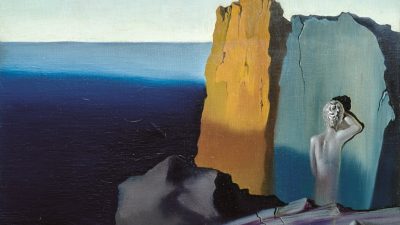
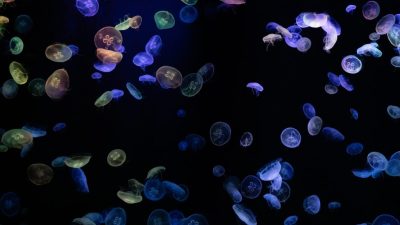


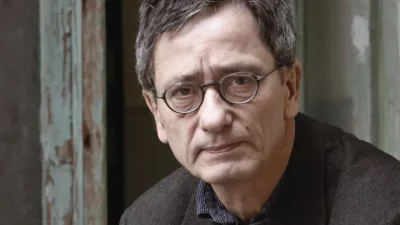



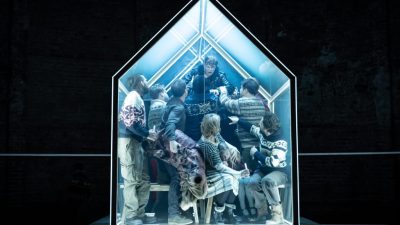






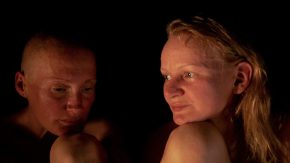


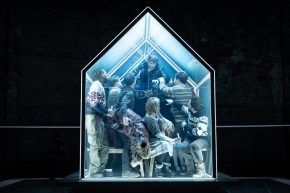
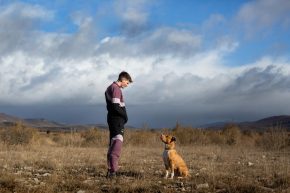

Comments